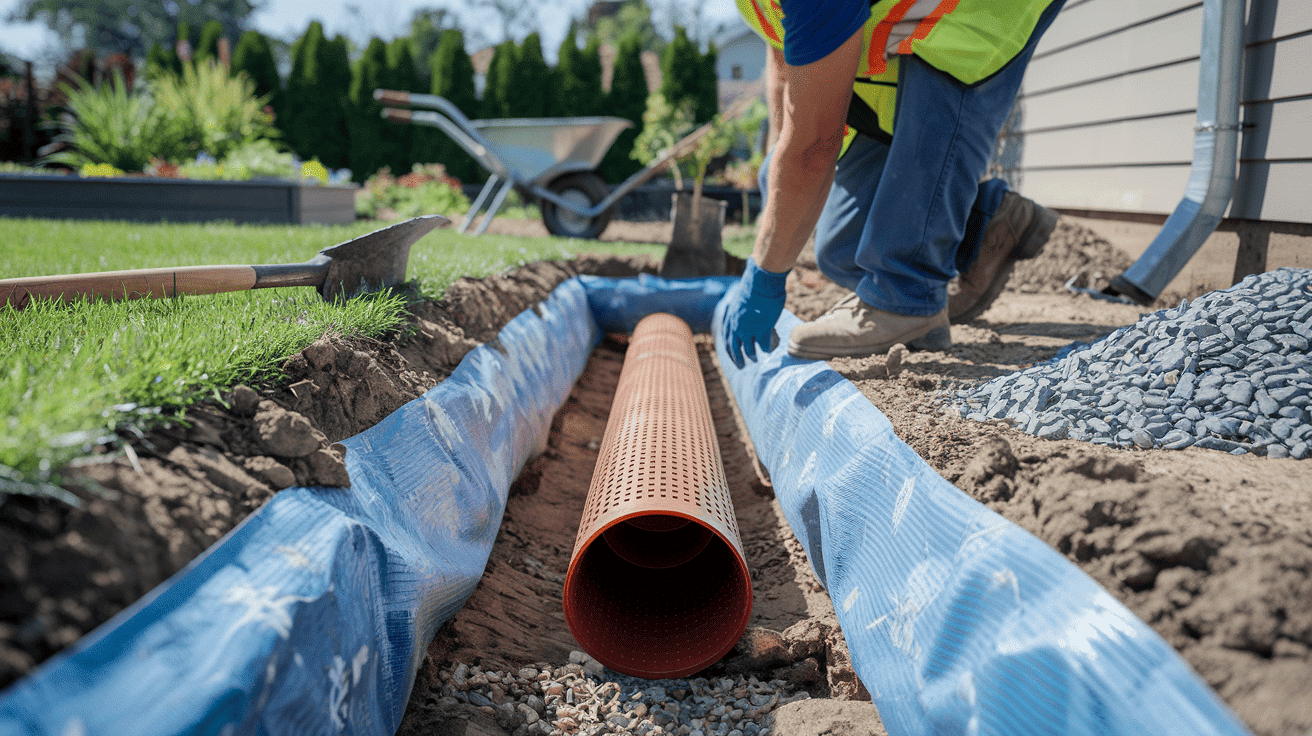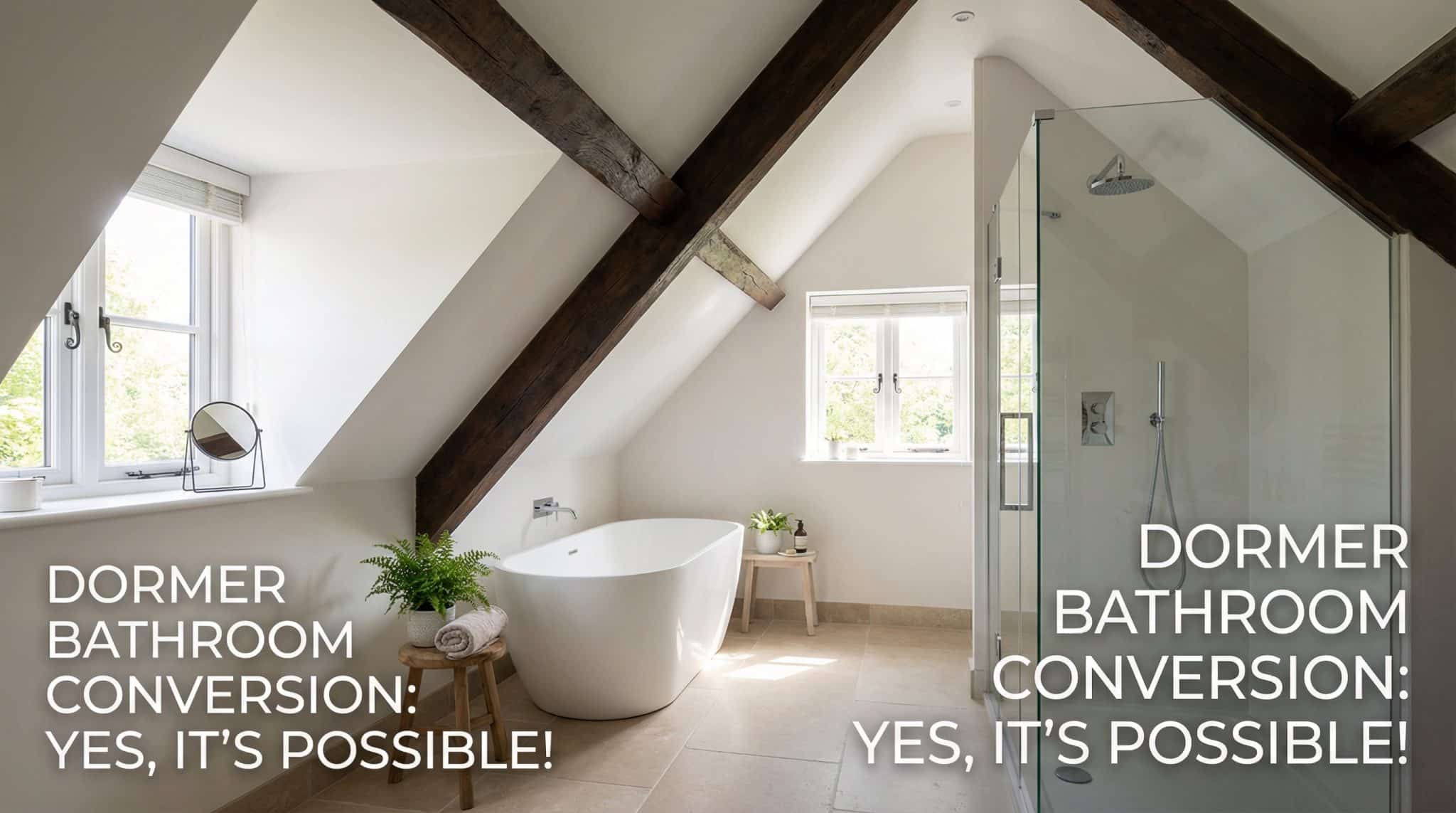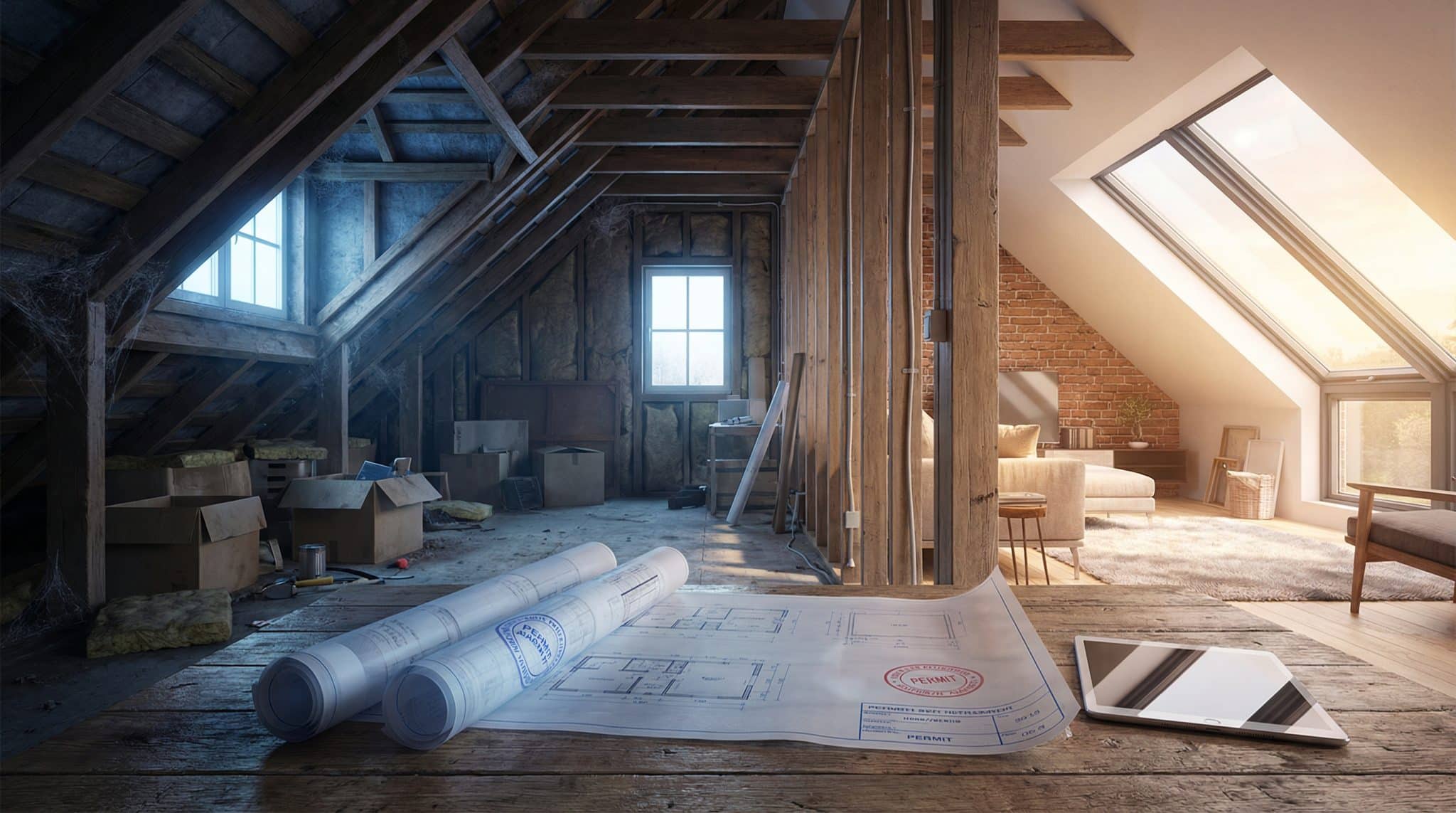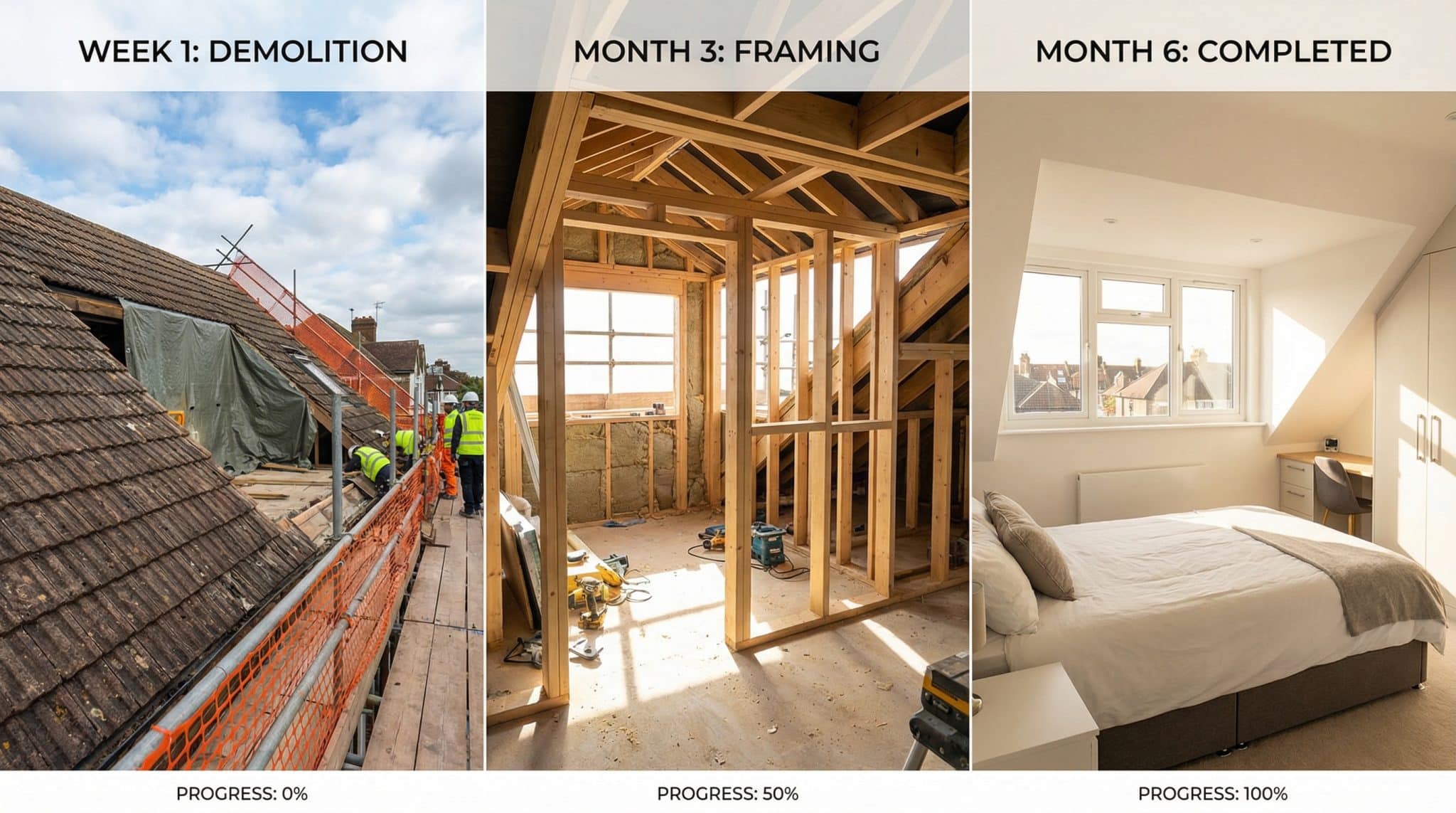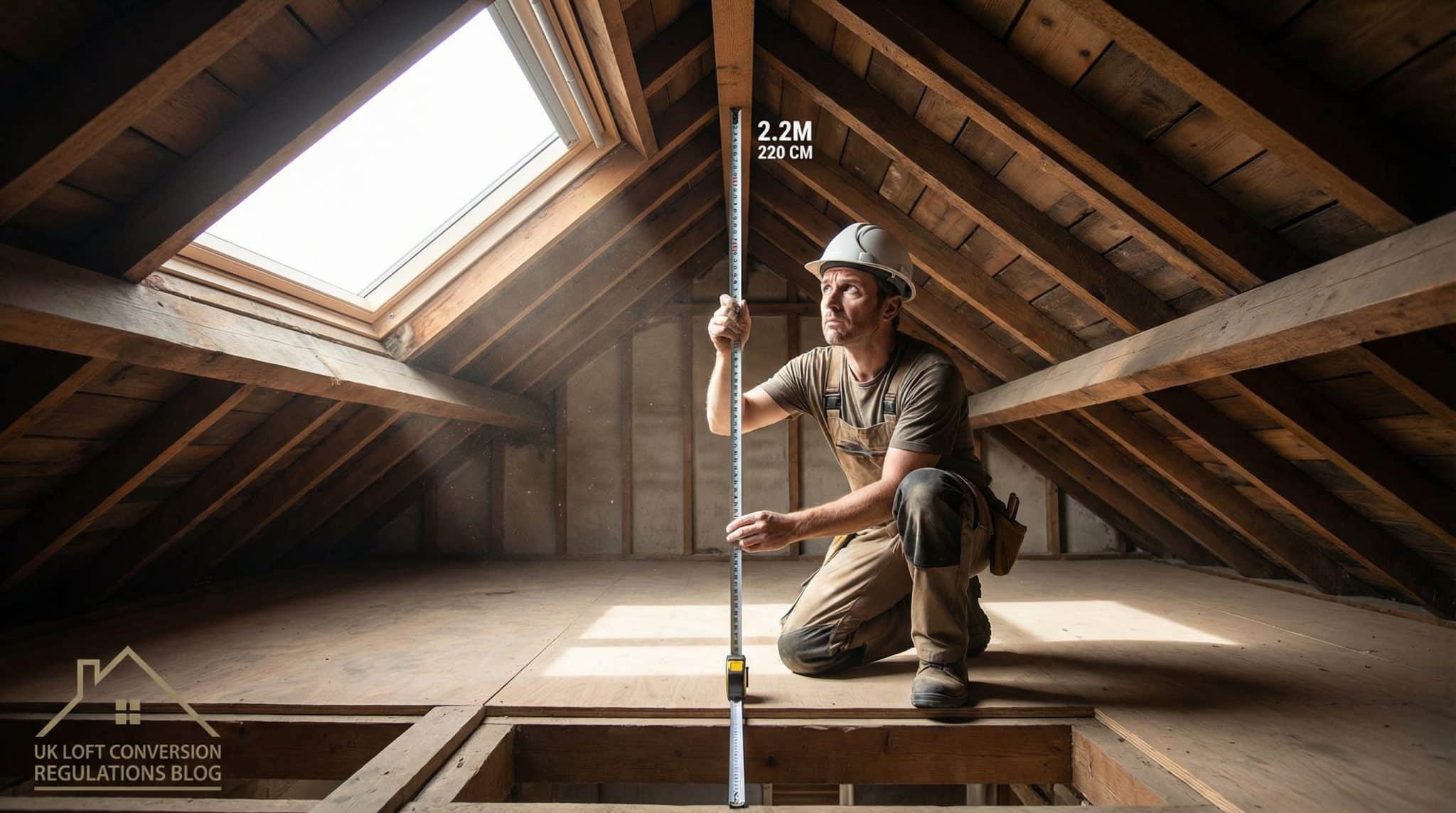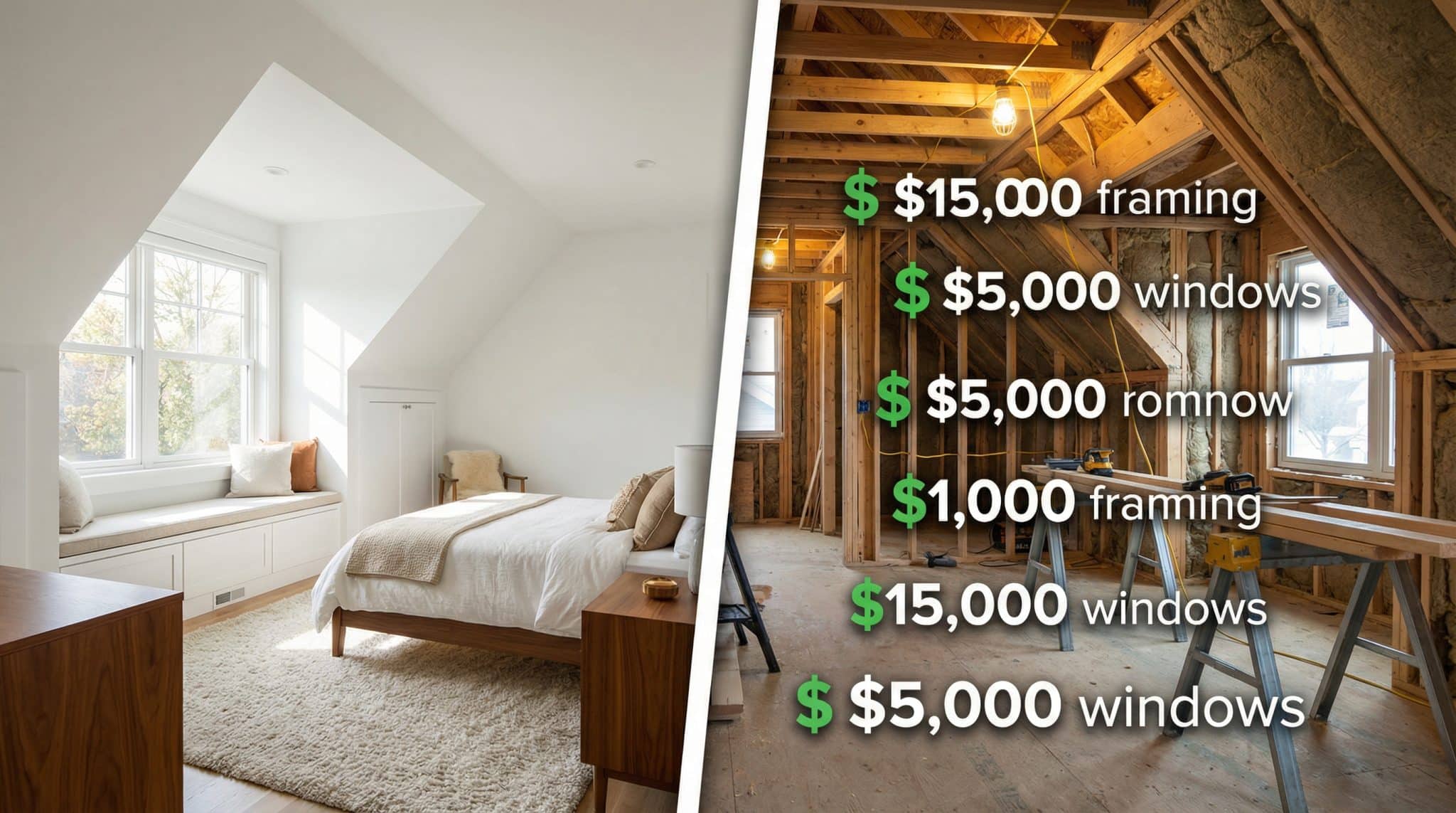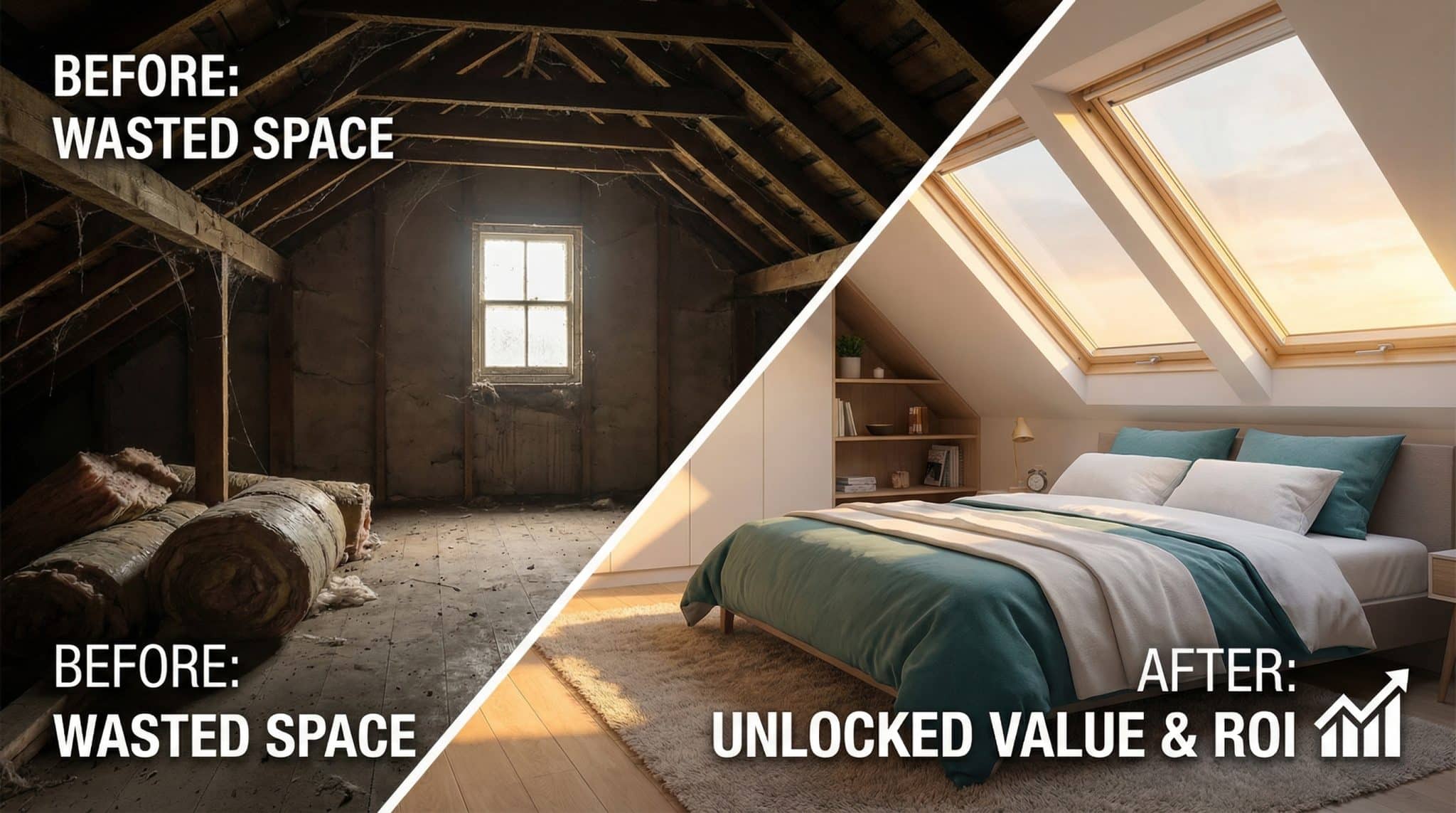Does water pool around your foundation every time it rains?
Standing water near your home creates serious problems, including basement flooding, foundation damage, and unhealthy soil conditions that kill grass and plants.
Many homeowners spend thousands on repairs that could have been prevented with proper drainage.
A French drain system solves these water problems by redirecting groundwater and surface water away from vulnerable areas.
This proven underground drainage method uses a perforated pipe surrounded by gravel to collect water and channel it to safe discharge points.
The French drainage system works reliably through gravity flow, requiring minimal maintenance once properly installed.
Take action now to protect your property from costly water damage and create the dry, healthy yard you want.
Why Install a French Drain System?
A French drain system is a simple solution for water management around your property.
This underground drainage method uses a perforated pipe surrounded by gravel to redirect water away from problem areas.
The French drainage system works by collecting groundwater and surface water through gravity. Water flows into the perforated pipe and gets carried to a safe discharge point.
Property owners typically install French drains in these locations:
- Around foundations: Protects basement walls from water damage
- Near retaining walls: Reduces pressure that can cause wall failure
- In yards: Eliminates standing water and soggy areas
- Around drain fields: Helps septic systems work properly
Installing a French drain system protects against basement flooding and structural damage. It makes your property more attractive to buyers and creates better growing conditions for your lawn and garden.
How to Install a French Drain System?
Before starting your French drain system installation, gather the right tools and materials for the job. Having everything prepared beforehand ensures smooth progress and professional results.
Tools and Materials Required
| Tools | Materials |
|---|---|
| Trenching shovel | Perforated drainage pipe |
| String line and level | Clean gravel (3/4-inch) |
| PVC pipe cutter | Geotextile filter fabric |
| Utility knife | PVC solvent cement |
| Garden hose | Heavy-duty tarps |
Now that you have everything prepared, it’s time to start the actual work. These seven steps will walk you through the complete French drain system installation process:
Step 1: Remove Old Systems and Prepare Work Area
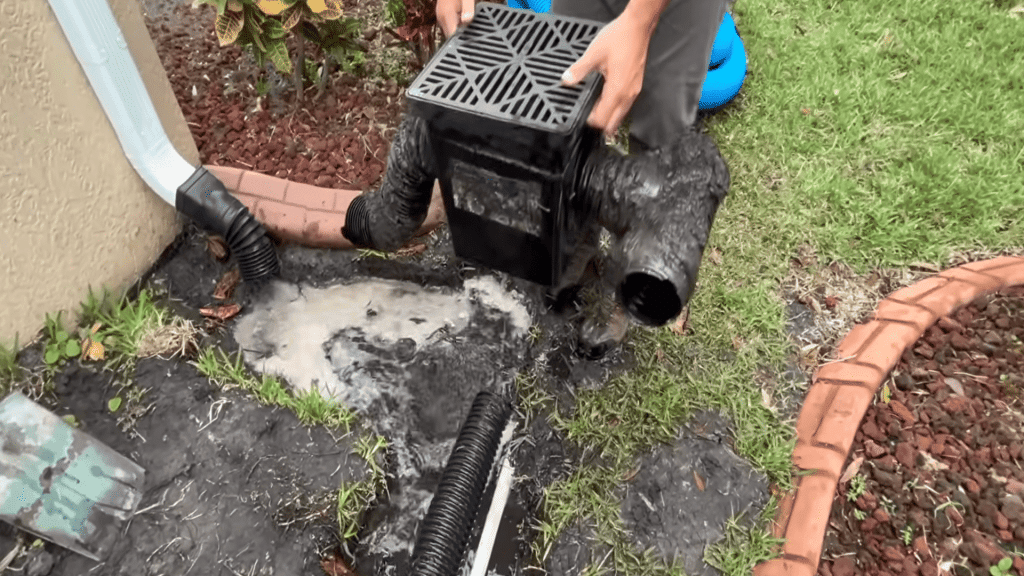
Remove any old failed drainage systems.
Cut out corrugated pipes and remove deck screws or duct tape repairs.
Lay down tarps where you’ll place excavated dirt and call 811 to locate underground utilities before digging.
Common Mistakes to Avoid: Don’t skip utility location calls or use duct tape for repairs. Avoid leaving old pipe sections that can interfere with new installation.
Step 2: Excavate and Grade the Trench
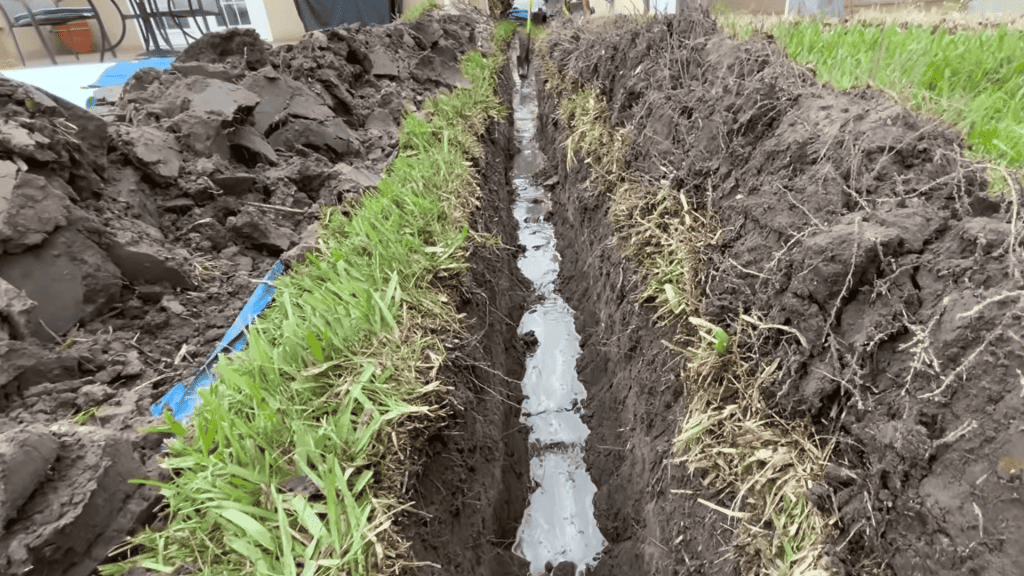
Work in 10-foot sections when digging your trench. Remove thin layers of soil from the bottom until water flows properly.
The trench must slope consistently toward the discharge point. Test the water flow as you dig by pouring water into completed sections.
Common Mistakes to Avoid: Never create flat sections or reverse slopes. Don’t rush the grading process – improper slope causes water to pool instead of flow.
Step 3: Install Geotextile Fabric
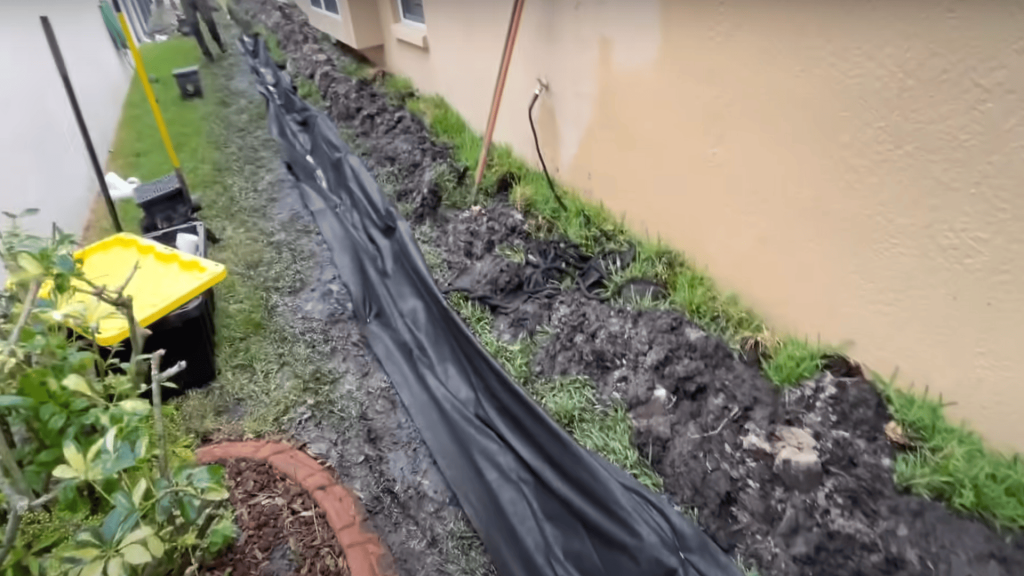
Line the entire trench with geotextile fabric before installing pipes.
Make sure fabric covers the bottom and sides completely. Leave enough fabric to wrap over the top of the stone layer later.
Common Mistakes to Avoid: Don’t skip the fabric or use the wrong weight for your soil. Avoid inadequate overlap at seams – this leads to soil infiltration and clogging.
Step 4: Install Pipe Systems
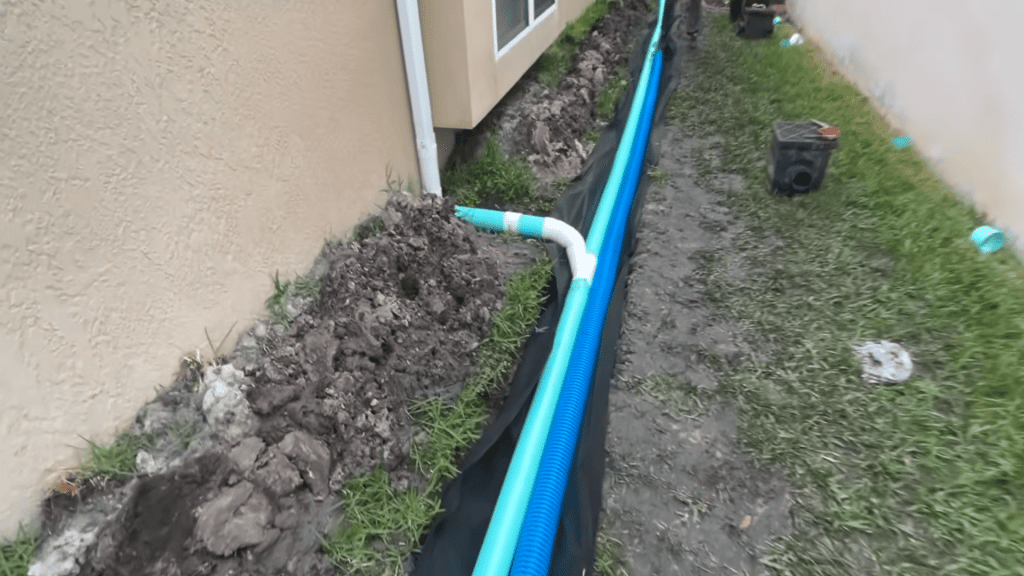
Install SDR 35 PVC pipe first for roof runoff, keeping it separate from your French drain system.
Place a perforated pipe for the French drain after the solid pipe installation. Face bell ends toward the water source and install cleanouts at strategic locations.
Common Mistakes to Avoid: Never orient bell ends backward – water should flow down the lip, not up against it. Don’t skip cleanouts or use deck screws through pipe joints.
Step 5: Add Stone Around French Drain
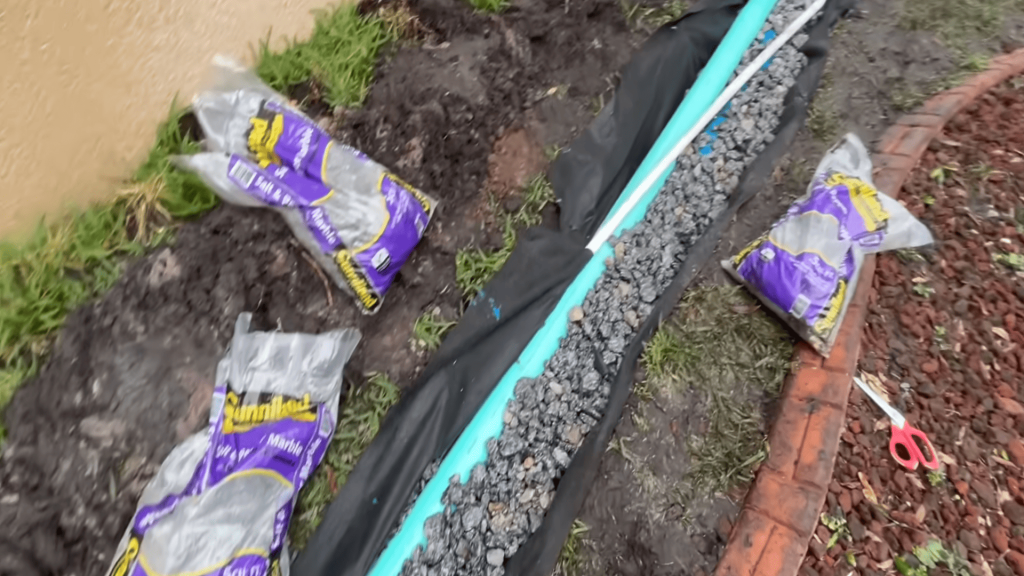
Surround the French drain pipe with clean gravel or stone. Maintain adequate stone coverage on all sides of the pipe.
Don’t use stone around the solid roof runoff pipe – keep these systems separate.
Common Mistakes to Avoid: Don’t use dirty gravel or sand that clogs voids. Never compact the stone – this eliminates the spaces water needs to flow through.
Step 6: Wrap System and Install Filters
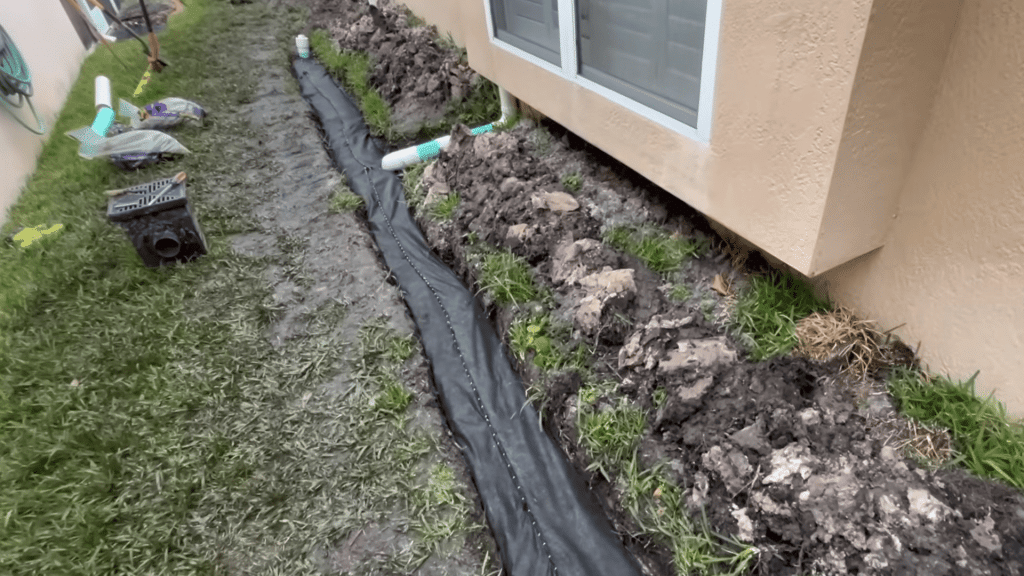
Wrap the entire French drain stone and pipe assembly with geotextile fabric. Overlap fabric edges and secure properly.
Install leaf filters at gutter downspout connections and add vented cleanouts for maintenance access.
Common Mistakes to Avoid: Don’t leave any stone exposed to soil contact. Avoid tearing fabric during installation or failing to secure edges properly.
Step 7: Connect Discharge and Finish Installation
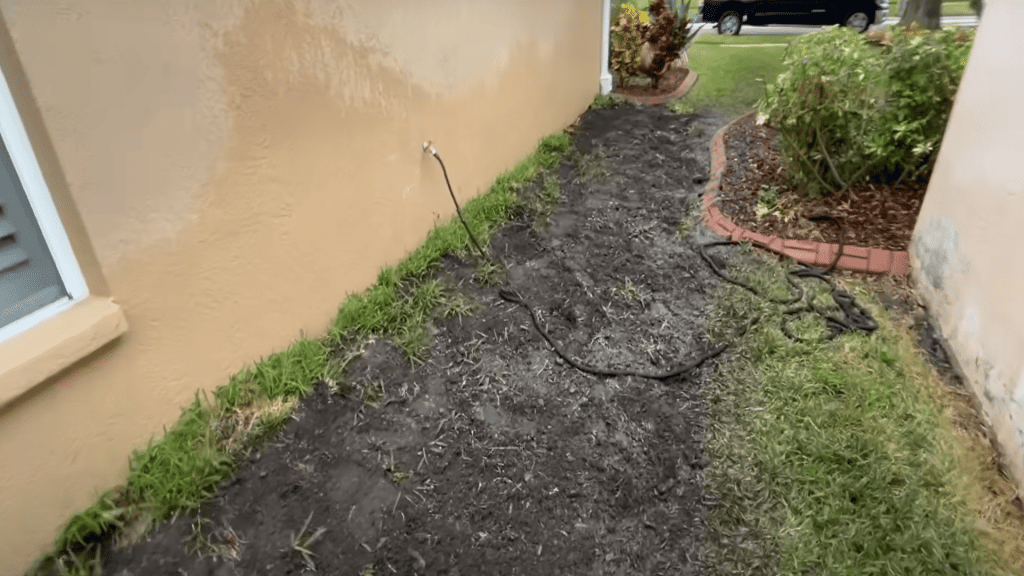
Connect both pipe systems to appropriate discharge points away from neighboring properties.
Cover the wrapped French drain with a thin layer of soil and create a slight swale that directs water toward the drain location.
Install fresh sod over the work area.
Common Mistakes to Avoid: Never discharge onto neighbor’s property or too close to foundations. Don’t create thick soil cover that prevents surface water from reaching the drain.
Video Tutorial
I’d like to give credit to Storm Water Drainage Solutions for their informative video, as a reference for this guide.
French Drain System Cost Breakdown
Learning the cost breakdown helps you budget effectively for your drainage project. Costs vary significantly based on system type, installation method, and local labor rates.
| Cost Category | DIY Price | Professional Price |
|---|---|---|
| Traditional System (100 ft) | $700-900 | $1,500-2,500 |
| Prefab System (100 ft) | $600-750 | $1,200-2,000 |
| Materials Only | $600-900 | $600-900 |
| Labor Costs | $0 | $900-1,600 |
| Tool Rental | $100-200 | Included |
| Permit Fees | $50-300 | $50-300 |
Basic materials include perforated pipe ($150-200), clean gravel ($300-450), geotextile fabric ($100-150), and PVC fittings ($50-100) for 100 feet.
Additional components like catch basins ($75-150) and pop-up emitters ($25-50) may be needed.
Final costs vary based on soil conditions, trench depth, and site access. Rocky soil and tight spaces require more time and labor.
The prefab EZ-Drain system often provides better value due to faster installation.
Maintenance for French Drainage
Regular maintenance keeps your French drain system working effectively for decades. Simple annual checks prevent most problems and extend system life.
- Check all outlets for proper water flow after rain events
- Remove leaves and debris from inlet points and catch basins
- Flush lines with a garden hose every 2-3 years
- Clear vegetation blocking outlet points
- Verify system handles a 1-inch rainfall without backup
- Document inspection dates and any issues found
The Bottom Line
Installing a French drain system protects your property from water damage while creating healthier conditions for your landscape.
This underground drainage solution effectively manages surface water and groundwater issues that plague many homeowners.
Success depends on proper planning, correct installation, and regular maintenance.
Choose the right system type, maintain proper slope, and use quality materials. The French drainage system you install today will serve your property for decades with minimal upkeep.
Water problems only get worse over time, leading to expensive repairs.
A properly installed French drain system stops these issues before they become major headaches.
Start planning your drainage project now to enjoy a dry, functional outdoor space.
Find more simple DIYs and home repair ideas.
Frequently Asked Questions
What are the Downsides of a French Drain?
French drains can clog over time, require regular maintenance, may not handle heavy surface water, and can be expensive to install professionally.
What is Better than a French Drain?
Surface drains handle heavy rainfall better for immediate water removal. Sump pumps work better for basement flooding. Choice depends on specific water problems.
Where Not to Put a French Drain?
Avoid installing near septic systems, under driveways, in rocky soil, or where it would discharge onto a neighbor’s property without permission.
